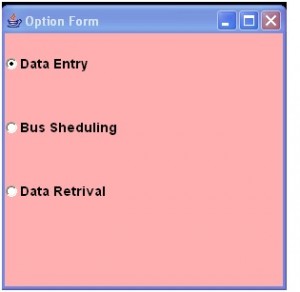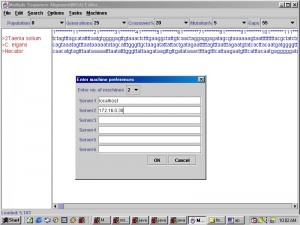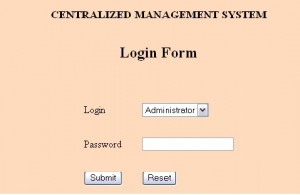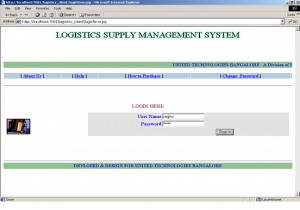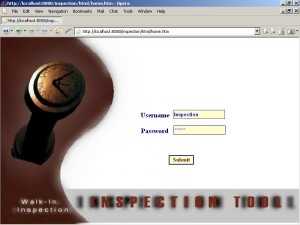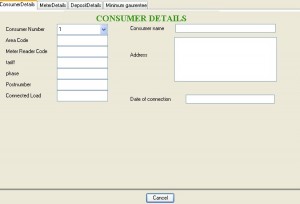The College Bus Management System Project in java is being developed to provide a tool for the different colleges to easily maintain the college bus information. The system will give an effective output for the Java & Microsoft excel given as input to the system. The compiled java program given as input to the system, after scanning the program will generate different reports.
At the start of the project setup, Microsoft Access provides an interactive part to store information about buses; different routs of buses, student information, and bus pass etc.
During the period of finalizing the idea of the system, the primary goal was to design the system i.e those who don’t know how to handle the software. As designing work began and things started taking shape, the system got developed to a stage where it would be used by entry level
Existing System:
In the existing system Colleges have to manually maintain information regarding College busses and routes. Information relating to student passengers and bus passes have to be maintained separately.
Need for System
- Provide a simpler method to store and access information related to buses and students.
- Provide a simple interface which will be easily used without much training.
- Reduce paperwork and make all related information accessible easily.
Module Specification:
Login Screen : Using this module who want to manage details should get user name and password and login to application.
Options: This form consists of data entry, bus scheduling, data retrieval options user can select option to use that feature.
Data Entry : Using this form admin can enter student details who is using bus from college this form consists of name, department, bus stop, fees paid, route number, year, semester, receipt number, dues, bus time.
Bus Pass: Bus pass form consists of details of student who is using bus option. This form consists of receipt number, name , year, semester, bus stop, route number.
Receipt: This form is issued for student who issued pass for using bus service.
Data Retrieval: This is like search form where admin can search student by receipt number.
Bus Scheduling: For scheduling students details this form is used.

